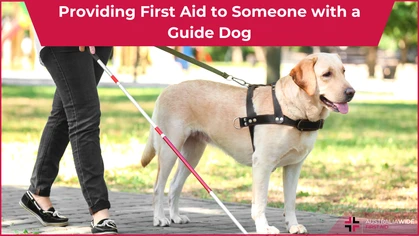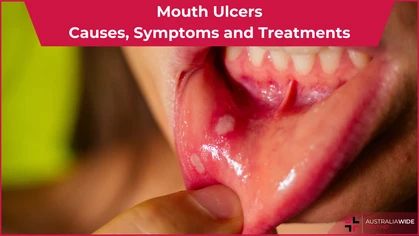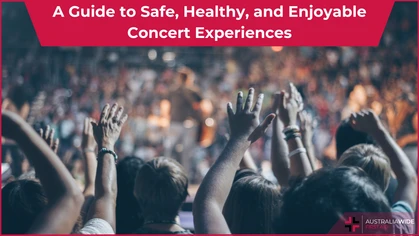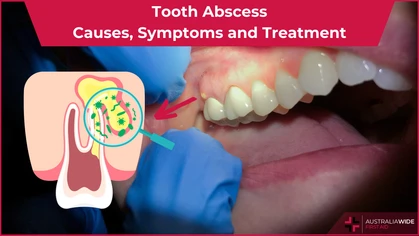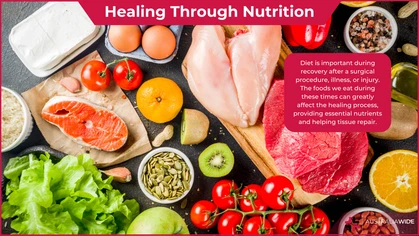7 Easy Tips on How to Start Exercising for Beginners

General Health-Related
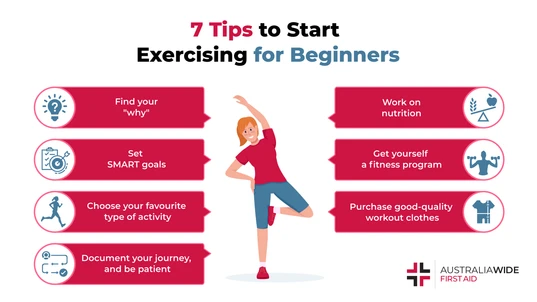
Exercise can help improve our physical and emotional well-being in a variety of ways. In fact, in can help prevent chronic health conditions like depression. To help you in your wellness journey, we've compiled 7 easy steps to incorporate exercise into your daily routine.
Exercise is a subcategory of physical activity that is usually done to work on the entire body or any body part separately. Exercise is usually a planned activity with a structured program to adhere to. There is evidence that regular physical activity is highly effective in preventing chronic diseases such as cardiovascular disease, diabetes, obesity, depression, and many more, leading to a longer life span. We do it to remain healthy and feel more energetic every day, and be mentally sharper and happier. Even though you know it’s good for you, it can be hard to start exercising, especially if it does not form part of your daily ritual. Don’t get discouraged, though. Today we have provided 7 easy-to-follow tips on how you can get started, get motivated, stick to it and, hopefully… fall in love with it!1. Find Your "Why"
Step number one is to get clear on why you want to start exercising. For some, it’s long-term physical health, for others it’s mental health. If you are told by your friend, relative, or doctor that you must start exercising, but you are not mentally ready for it - think about the cost of inaction - “Where will I be in 5 years if I don’t start now?” Let’s use the 5 Whys technique:- Get pen and paper, answer the question “Why am I doing it”?
- Whatever your answer is - ask yourself “Why?” again.
- Keep asking the same question until you get to the core reason - one that keeps you up at night.
- Why am I doing it? I want to be healthy.
- Why do I want to be healthy? To feel good and energetic every day.
- Why do I want to feel energetic every day? To be able to play with my nephews.
- Why do I want to play with my nephews? I want to spend quality time with them because one day they will grow up.
2. Set SMART Goals
It’s time to set fitness goals, specifically, SMART goals. This exercise will help you decide on what exactly you want to work towards and what your success is going to look like. The SMART acronym stands for:- Specific – what exactly do you want to achieve (e.g. run 5k, lose 2kg);
- Measurable – how are you going to measure the progress?
- Achievable – is this realistic? Can you make time for it? Do you have a fitness facility nearby?
- Relevant – why are you doing this?
- Time-bound – are there any deadlines?
3. Choose Your Favourite Type of Activity
There are 4 main types of exercise you should be doing to get the most out of being active:- Endurance - to make your heart and lungs healthy. It can be anything that makes your heart beat faster for a long period of time, for example, cycling or team sports.
- Strength - to make your muscles stronger. Lifting weights and doing bodyweight training is the best way to become stronger.
- Balance - to prevent falls and fractures when you are older. Many strength exercises work on balance as well as strength.
- Flexibility - to give you the freedom of movement. Do stretching and Yoga to become more flexible.
4. Purchase Good Quality Workout Clothes
The right workout clothes can boost your motivation to do well and show up to every training session. A cool pair of running shoes or perfect-fitting gym leggings will not only improve your performance but will also help you get going when you don’t feel like it. Pick something that you feel good in - for example, loose clothing is great for comfort and lets your body breathe as you move.5. Get Yourself a Fitness Program
You may be reluctant to start a fitness program because you simply:- Don’t have one;
- Don’t know how to write one up;
- Don’t know how to modify one to suit your needs (if you found something online);
- Week 1 - 10-min run 4 days a week;
- Week 2 - 12.5-min run 4 days a week;
- Week 3 - 15-min run 4 days a week;
- Week 4 - 17.5-min run 4 days a week.
6. Work on Nutrition
Focus on eating a balanced diet containing fruits, vegetables, dairy or dairy alternatives, beans, grains, fish, eggs, meat and other protein. If your fitness goal is weight loss, you want to be aware of your calorie intake. If you eat an unhealthy diet which is usually high in calories and saturated fats, you feel sluggish and unmotivated to work out. If you don’t do any exercise, you feel even more tired and bored and crave more food, creating a vicious cycle and slowing down your progress. Here’s a quick example. Imagine you need to lose 10 kilograms. To lose weight you need to know how many calories you consume on your regular day, and, if that number is too big - you need to cut down on calories. Otherwise, you will still be in a calorie surplus which means any extra food you eat (even with plenty of training) will be stored as fat. If you are not sure how to figure it out yourself, ask a Personal Trainer or Nutritionist for advice.7. Document Your Journey and Be Patient
Take one step at a time and remember that hard work will pay off. Give it about 3 months of trial and error and try not to expect too much from yourself - you don’t need pressure. Your physical performance and energy levels will start improving from week 1 - hopefully, this will be enough to keep you motivated until you start experiencing other benefits. Documenting your journey and tracking progress can boost motivation, too, however, don’t get too obsessed with it - sharing a gym selfie and weighing yourself once a week will suffice.Conclusion
Exercise is an important measure for safeguarding our physical and mental wellbeing. It can be hard to start exercising regularly, especially if exercise does not form part of your daily routine. To start exercising and stick to it, the key is to treat yourself with patience and kindness.Recommended Resources
If you would like to learn more about the benefits of healthy eating and regular exercise, book a First Aid course with us today, and check out the following articles in our Resource Library:
Originally published at
https://www.australiawidefirstaid.com.au/resources/how-to-start-exercising
as part of the Australia Wide First Aid Articles Library





